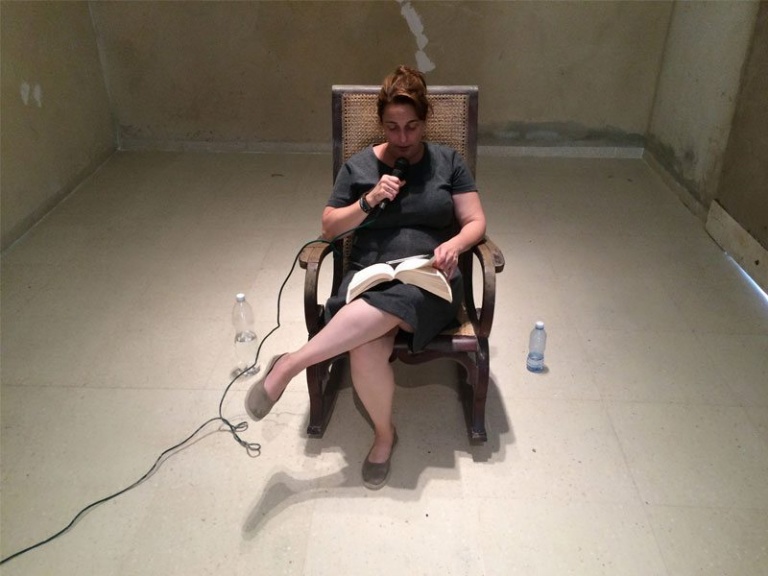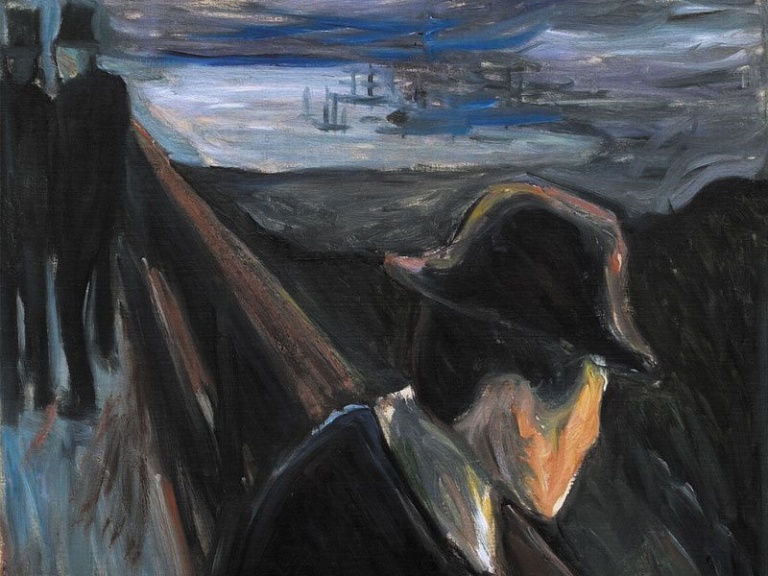Cubaist Portrait
Habitually detained by Cuban authorities, Tania Bruguera’s art combines performance with activism. She’s even running for president (although she will not win.) Published in SF Weekly on June 14, 2017: http://www.sfweekly.com/culture/art/cubaist-portrait/ The Cuban police and officials who have interrogated Tania Bruguera — and who continue to interrogate her whenever she’s on the island — resort to…

